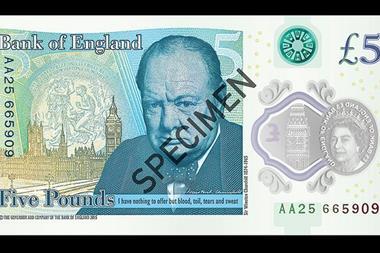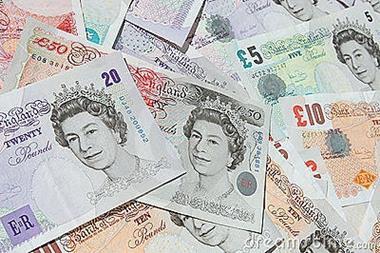The Bank of England is to print banknotes on polymer instead of paper from 2016, which is likely to have implications for retailers.
The changeover is to be run collaboratively with affected industries and the British Retail Consortium will contribute to the discussions.
The £5 note will be the first to be printed on polymer, followed by the £10 note in 2017. As well as the change in material, the new notes will be smaller than their existing equivalents.
The Bank said that “a new polymer note would require greater change to cash handling practices than a new paper note”. Retailers will be keen to ensure a smooth transition period and minimise the costs which may arise from the need for new or updated hardware, such as self checkouts.
BRC director general Helen Dickinson said: “The retail sector and Bank of England have a strong track record of working together to ensure the smooth and effective transition of new notes into our businesses.”
The switch to polymer follows a pubic consultation involving 13,000 people in locations such as shopping centres. It found that 87% of respondents favoured polymer notes.
The new notes will be more durable than paper ones, will incorporate enhanced security features and will remain cleaner for longer. Sir Winston Churchill will feature on the new £5 note and Jane Austen on the £10 note.
























No comments yet